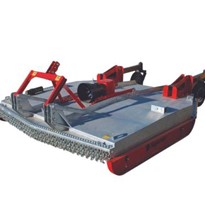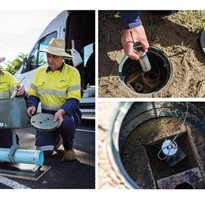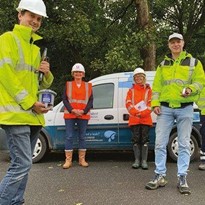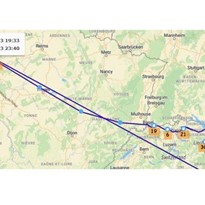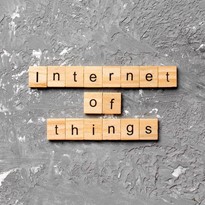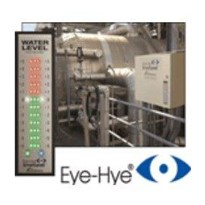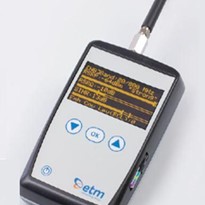ZONESCAN NB-IoT is the world's first NB-IoT leak logger. It was officially launched on 4th December 2019, on the first World Water Loss Day which was initiated by Gutermann and the IWA Water Loss Specialist Group and endorsed by the large industry associations IWA and AWWA.
NB-IoT is a new cellular communication standard optimised for machine-to-machine data communication in smart cities. NB-IoT significantly outperforms conventional 3G and 4G technology, as it consumes 5-10x less power and has significantly improved underground coverage. Telecom operators worldwide have announced plans for complete NB-IoT coverage and are in the process of activating their NB-IoT antennas throughout their networks.
The ZONESCAN NB-IoT logger is GUTERMANN’s first cellular logger and complements Gutermann’s RF-based ZONESCAN ALPHA system which has established itself as the leading fixed network technology and is used in over 300 cities around the world. ZONESCAN NB-IoT is a correlating system which means that the cloud-based ZONESCAN NET software automatically compares the data of all neighbouring sensors every day to identify even quiet leaks whose existence are not recognised by individual loggers. A Correlation Indicator provides information about the area in which the leak has been identified, neatly displayed on a Google Maps™ enabled user interface. ZONESCAN NET also lets users see and manage their leak detection infrastructure, perform advanced leak analysis, import and display their GIS data, and change settings such as recording times, alarm thresholds and more.
Lucas Grolimund, CEO of Gutermann said: “We are excited about the launch of this product because we see an enormous potential for it given the connectivity and power properties of the NB-IoT technology. We’re happy to once more lead the way in advanced fixed network leak monitoring solutions. Our hope is that the ZONESCAN NB-IoT logger will make permanent monitoring of networks more accessible to utilities due to its cost, ease of installation and compact design. It should therefore contribute to the rapid growth of technology-enabled smart water networks, helping to consistently reduce and maintain lower water loss levels.”




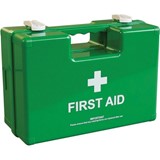
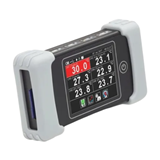
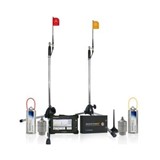

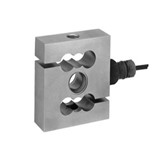
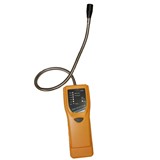
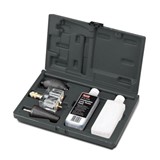
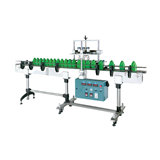

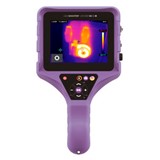
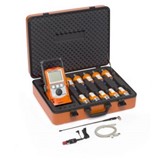
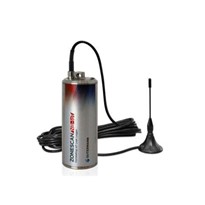
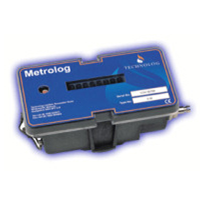
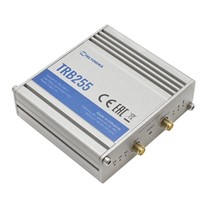
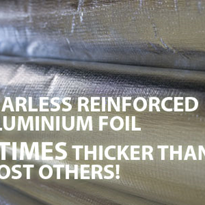
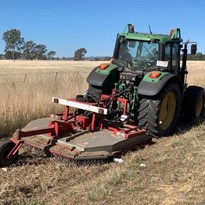
-205x205.jpg)

